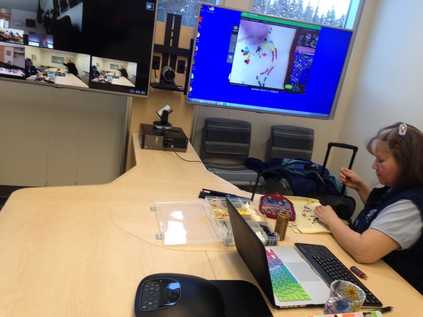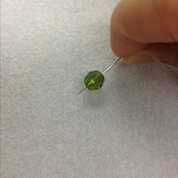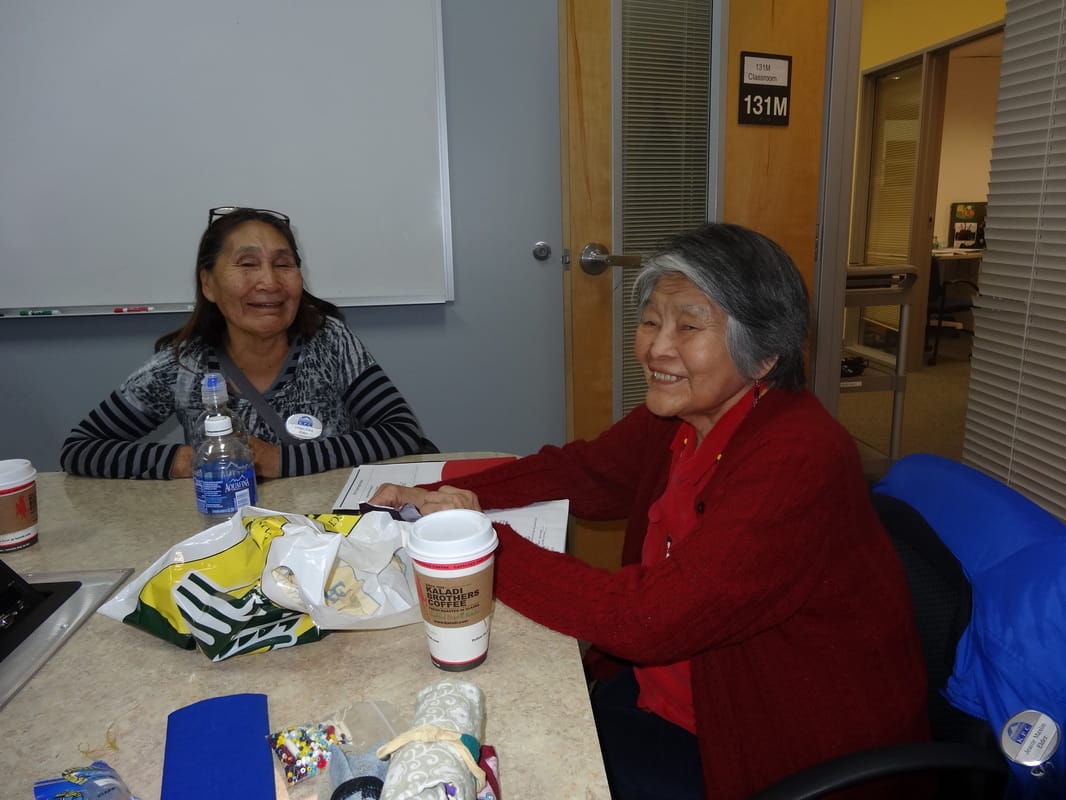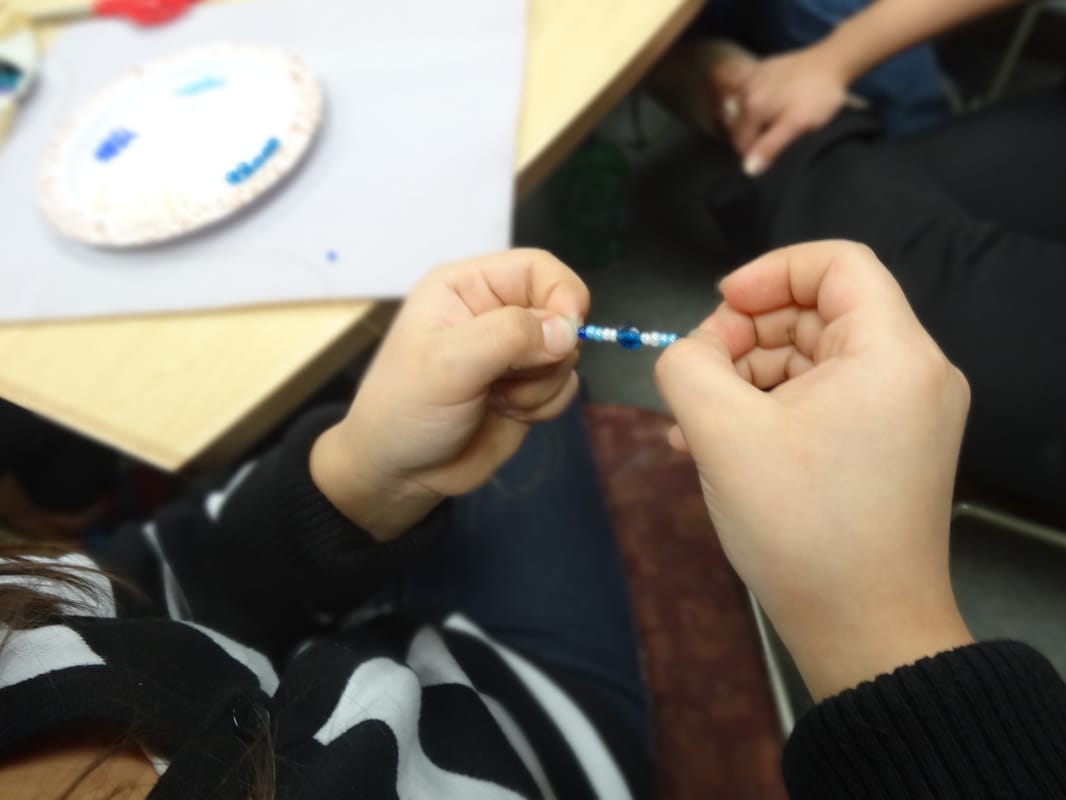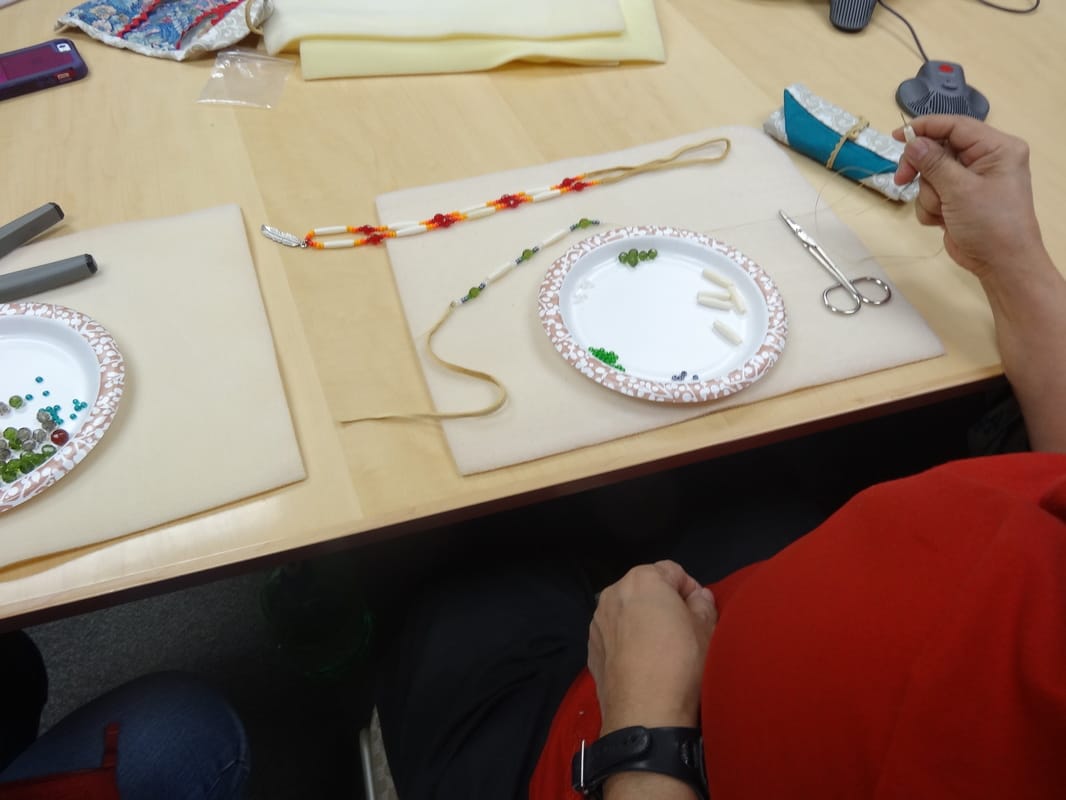Task-Based Language Teaching (TBLT)
|
Task-based language Teaching (TBLT) is a communicative teaching method that focuses on purposeful and meaningful language use. It is a naturalistic way of learning language that can be nurturing and holistic rather than teaching language as a step-by-step rote language lesson (Willis & Willis, 2007, p. 13). Figure 6 indicates how my project lessons satisfies the characteristics outlined by Ellis (2003). According to Ellis (2003) TBLT is characterized by the following:
|
Focus on FormFocus on Form (FonF) is when a learner may need clarification on language or meaning. The task may be paused as a learner asks for more information on the language.
|
|

